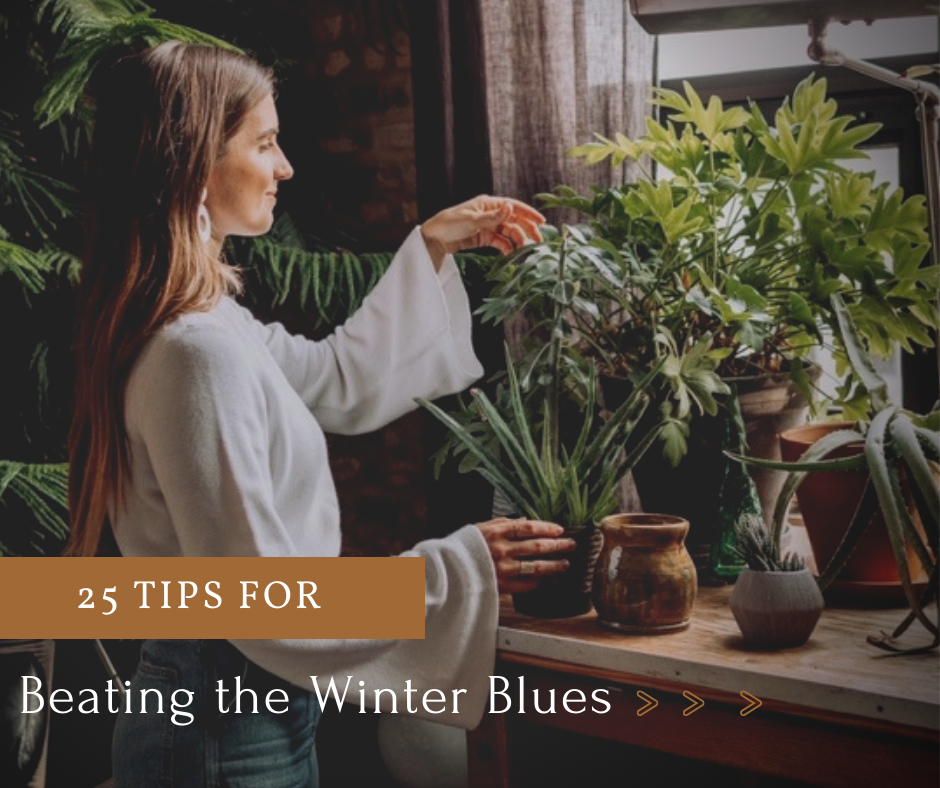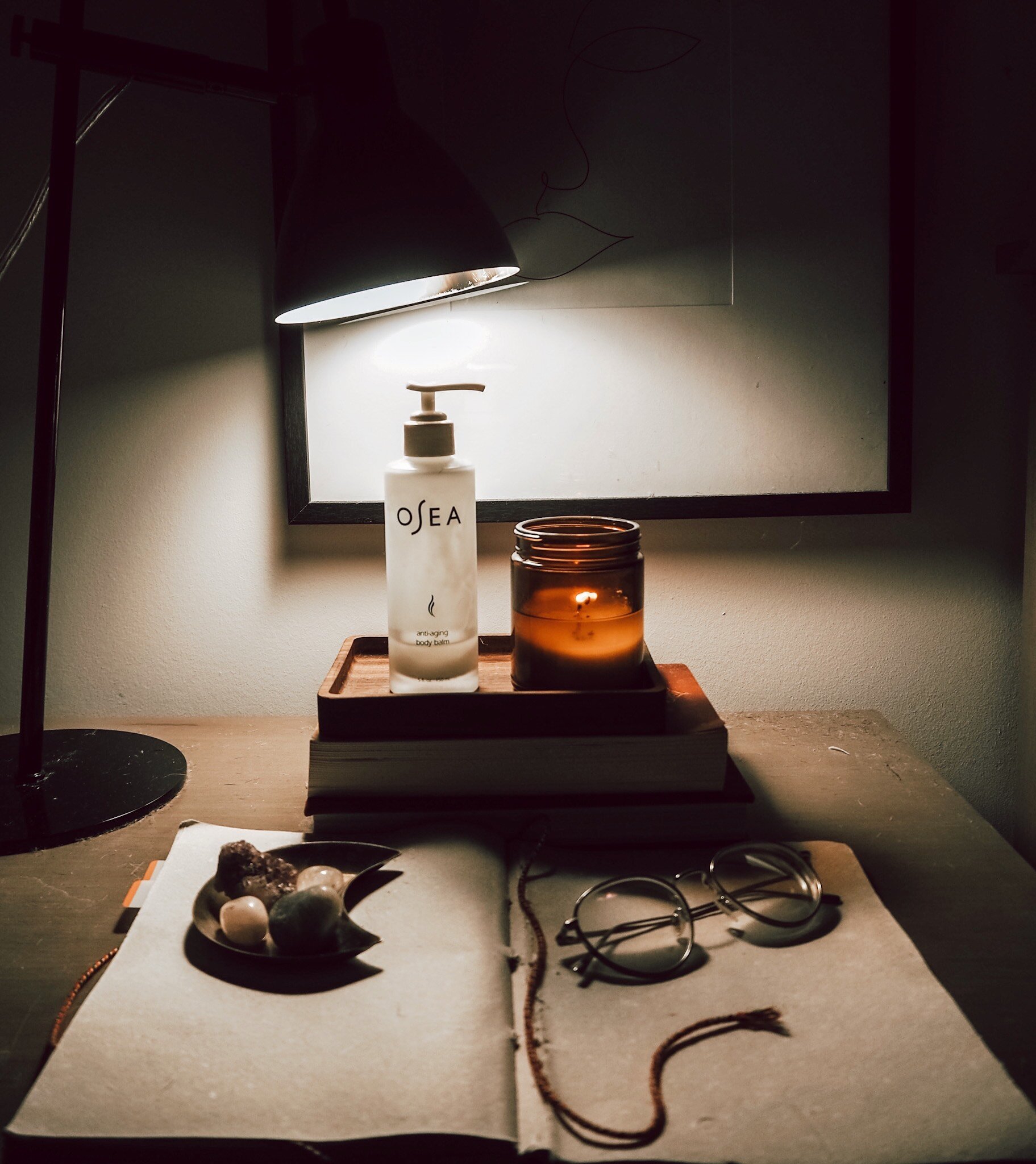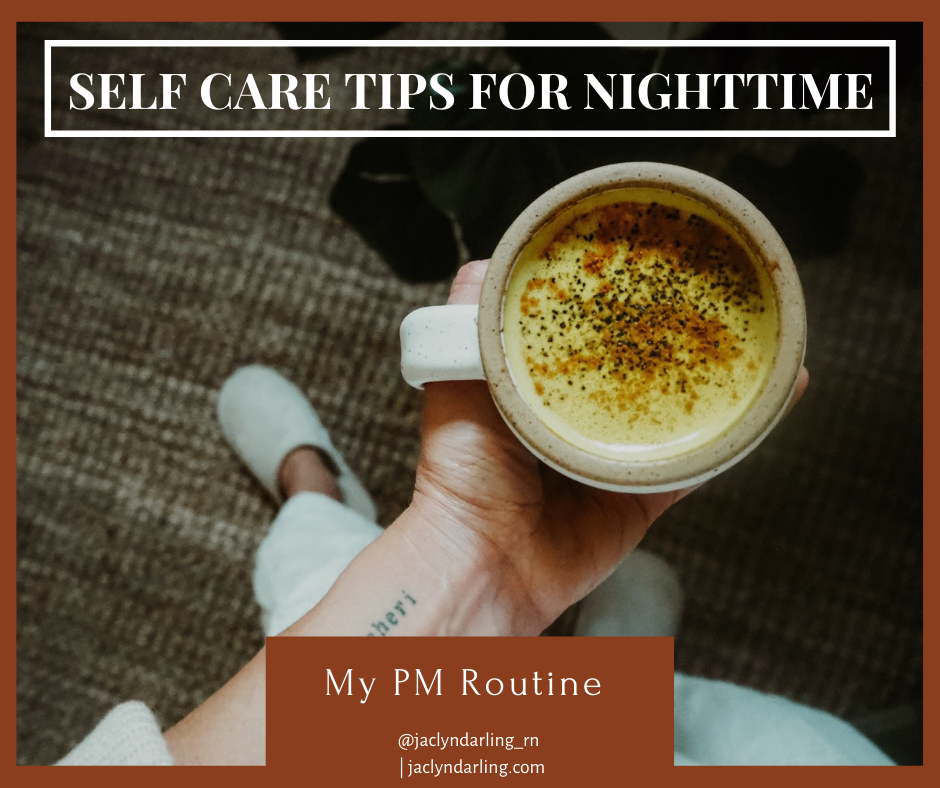Setting Boundaries During COVID
/People pleasers,
this one is for you.
At this point in the pandemic, we all have developed some sense of our “new normal” (do you barf a little in your mouth when you hear that phrase too?).
Tagging along with this new normal are our opinions on what may or may not keep us safe, and what we are or are not comfortable with. If you are like me and display people-pleasing tendencies, then these scenarios give you extra anxiety.
Gatherings in person. Outside vs inside. Masks. Who’s been tested. When? How strict have you been in your pod? Did you quarantine after you traveled?
Whether you are a people pleaser or not, these can be really stressful situations and conversations to have with loved ones. Especially with the holidays coming up, if you are looking for ways to communicate your thoughts and feelings to others without feeling scared and embarrassed, I am here to help walk you through it.
Why do I need boundaries?
Boundaries are how you protect your physical, mental and emotional health, but also how you protect your energy. When you set a boundary, you are prioritizing yourself, your needs and your values.
What do boundaries look like?
Boundaries set limits and teach others how you want and deserve to be treated. They can look like:
Saying honestly how something makes you feel
Saying NO without guilt - whether it’s a gathering, situation, relationship or conversation
Stating your needs
Asking for help
Making time to recharge on your own
Limiting your own intake of media, news or other’s energy.
Muting/unfollowing accounts
First, Get some Clarity
Before you can stick to your boundaries, you need to define your boundaries. If you need to, make a list of what you are comfortable with and what you are not. What gives you anxiety, fear and a feeling of unsafety?
If certain situations get your heart racing, wondering in the back of your head, “is this a bad idea?”, and then you spend all night spiraling about “X” situation, chances are you need a boundary around that for next time.
For me, anything in-person, with anyone outside of my pod gives me insane anxiety. Dining inside even just with my husband does it too. I have a long list of what is not going to fly with me, and if you do too, GOOD. Don’t make excuses for how certain situations make you feel.
The Scripts
Now that you are clear about what makes you feel safe or unsafe, you can openly and clearly communicate these limits to others.
For the “Casual” Hang
At this point, I don’t think we should have to justify not feeling comfortable spending time with others in person, but obviously that is not our reality. Here’s what to say:
For the larger event (wedding, birthday party, shower, etc.)
For reasons I will never understand, not everyone has decided to cancel or postpone their large event.
While you may feel extra pressure to be a good friend or relative and go to this event, remember there is an exponentially higher risk of transmission at large gatherings. Use this response and still send a gift.
For the non-masker
The reluctance to perform such a simple, potentially lifesaving gesture? Add it to my list of things I will never understand. For now, I digress. Here’s what to say for anyone not wearing a mask or wearing it incorrectly.
simple but to the point!
For the COVID Obsessed Friend:
We all have one. The friend or relative that is always wanting to talk about the latest and greatest of the pandemic. I was that person for a while so I get it, however it’s important you set limits to your intake of this information.
For the Emotional Friend:
We are all dealing with a rollercoaster of emotions, frustrations and fears. While it’s amazing you want to be there for your friends /family, constantly taking on the stress of someone else can be too much.
Others regularly venting or emotionally dumping on you can start to chip away at your own sense of stability so proceed with caution.
For the Partner
Setting boundaries with a partner you are living with could be a post all on it’s own that I will save for another time.
You may have completely differing opinions on how to handle the pandemic and that’s okay. The important thing is that both parties are heard, understood and that boundaries are respected.
I am not the relationship guru, but because you live with this person, I encourage you to use this as an opportunity to really get clear on how to best meet each other’s needs.
For the new love interest
If you are dating in our COVID world, bless you.
General Boundary setting Tips
While making up fake plans sounds tempting, to prevent future problems just be honest. Healthy relationships are built on honesty. If they are real they will make it through this pandemic.
Be as clear and straightforward as possible to avoid complications.
Do not leave any room for debate. Skip the maybes, possibly, if this, if that middle zone.
You don’t need to defend your choices or apologize for them.
It’s okay to change or reset your boundaries.
Assertive doesn’t mean being judgy, mean or aggressive. Now is not the time to get into it about differing opinions. Try your best to remain kind, but direct.
For opting out of in-person events where feelings may be hurt, do this over a phone call or better yet FaceTime. It will be easier for the recipient to see and hear that you are coming from a loving place.
Do not be surprised if your response is not welcomed with the same kindness you delivered. It’s an emotionally charged time, BUT remind yourself that you are not responsible for the feelings of others.
Back-Up Plans
Let’s face it, things don’t always go to plan. Maybe an outdoor walk with a friend makes you comfortable, but after passing by a cute cafe they want to chat inside over coffee.
Maybe you agreed on having Thanksgiving with only immediate family in your pod, until your brother asks to bring his new tinder crush.
Maybe you promised yourself you would give yourself emotional space tonight, but a friend is going through a messy breakup.
My advice: do your best to anticipate where these problems may come up and how you will handle them. Have a back-up plan and extra mask available. These are the new problems we are all trying to deal with, but try your best to stick to your guns.
There you have it! I hope this helps you create and maintain boundaries to respect your physical, mental and emotional health. Stay safe and please do not hesitate to reach out if you have any specific questions, thoughts or ideas.
Feel free to drop me a line in the comments or find me on social media, I’d love to hear from you!
XO,
Jac
*Photos in this post courtesy of Shutterstock.




































































































